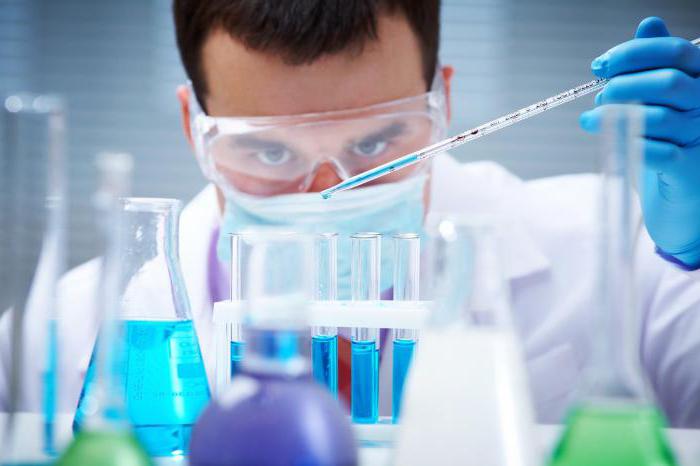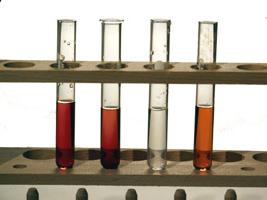A chemical reaction is the process of transformationsubstances, during which there is a change in their structure or composition. As a result of this process, the transition of the starting materials, or reagents, to the final products takes place. To date, a very clear classification of chemical reactions has been formed.
Description of the reactions by means of equations. Signs of chemical reactions
There are several classifications, each of which takes into account one or more characteristics. For example, chemical reactions can be divided, paying attention to:
- quantity and composition of reagents and final products;
- the aggregate state of the initial and final substances (gas, liquid, solid form);
- number of phases;
- the nature of the particles that are transported during the reaction (ion, electron);
- thermal effect;
- the possibility of the reaction proceeding in the opposite direction.
It is worth noting that the chemical reactions are acceptedwrite using formulas and equations. The left side of the equation describes the composition of the reagents and the nature of their interaction, and on the right side you can see the final products. Another very important point - the number of atoms of each element on the right and left side should be equal. Only in this way is the law of conservation of mass observed.
As already mentioned, there are many classifications. Here you will find the most frequently used ones.
Classification of chemical reactions by composition, quantity of initial and final products
Reaction of the compound: several substances enter into them, which combine to form a more complex substance. In most cases, this reaction is accompanied by the release of heat.
Decomposition reactions:The initial reagent is a complex compound, which during the decomposition forms a few simpler substances. Such reactions can be both redox reactions and can occur without a change in valence.
Replacement reactions - arethe interaction between a complex and a simple substance. In the process, an atom of a complex substance is replaced. Schematically, the reaction can be displayed as follows:
A + BC = AB + C
Exchange reactions are a process during which two initial reagents exchange among themselves the constituent parts. For example:
AB + SD = AD + CB
Transfer reactions are characterized by the transfer of an atom or a group of atoms from one substance to another.
Classification of chemical reactions: reversible and irreversible processes
Another important characteristic of reactions is the possibility of a reverse process.
So, such reactions, productswhich can interact with each other, forming the same starting materials. As a rule, this feature must be displayed in the equation. In this case, two oppositely directed arrows are placed between the left and right sides of the equation.
With an irreversible chemical reaction, its products are not able to react with each other - at least under normal conditions.
Classification of chemical reactions by the thermal effect
Thermochemical reactions are divided into two main groups:
- exothermic processes, during which there is a release of heat (energy);
- endothermic processes, for which it is necessary to absorb energy from the outside.
Classification of chemical reactions by the number of phases and phase characteristics
As already mentioned, the aggregate state of substances is also of great importance for the complete characterization of the chemical reaction. On these grounds it is customary to distinguish:
- gas reactions;
- reactions in solutions;
- chemical processes between solids.
But the source and final products do not always refer to any one aggregate state. Therefore, the reactions are classified based on the number of phases:
- single-phase or homogeneous reactions are processes whose products are in the same state (in most cases this reaction takes place either in the gas phase or in solution);
- heterogeneous reactions (multiphase) - reagents and final products can be in different aggregate states.






